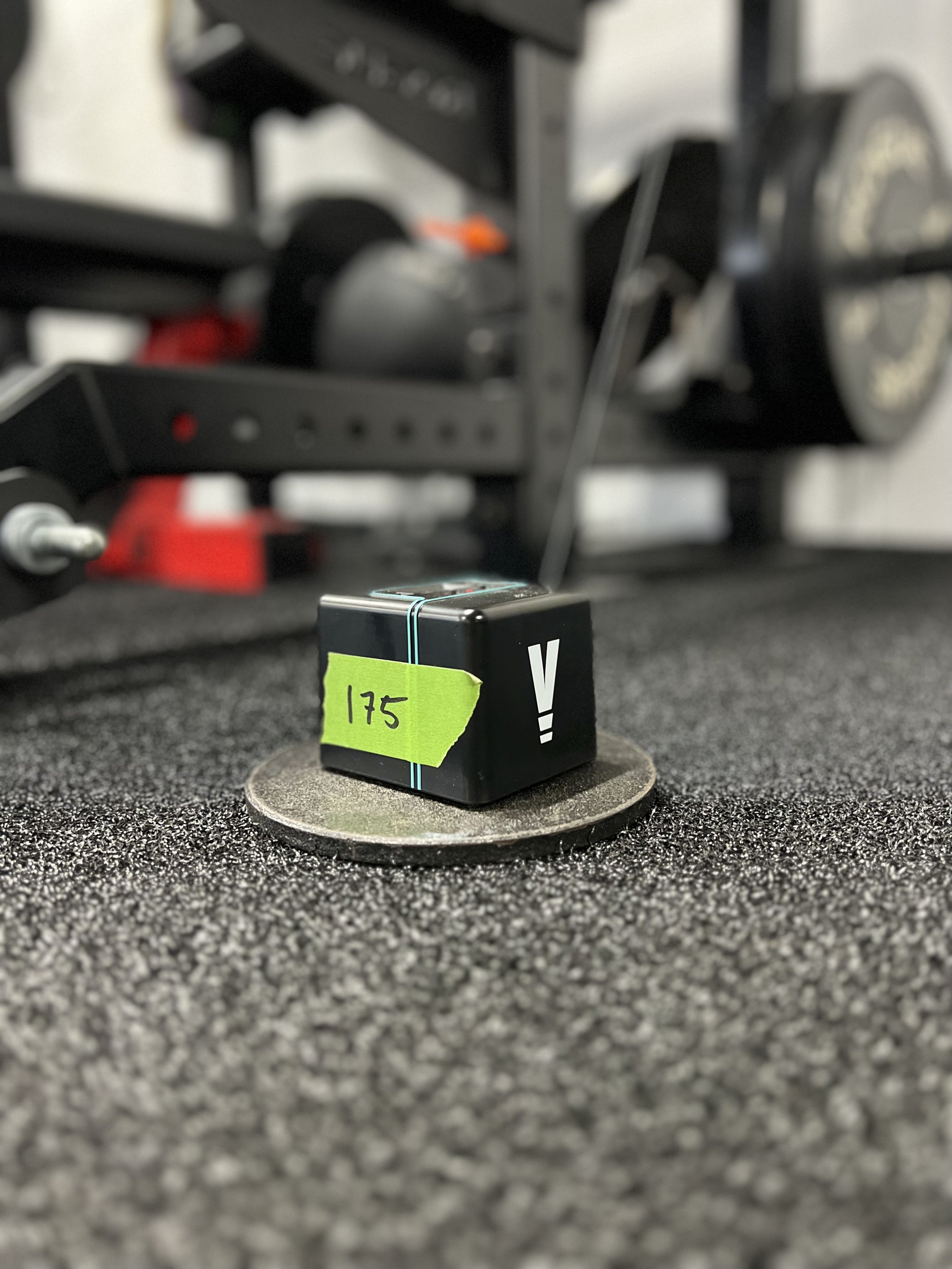Velocity-Based Training: Pros, Cons, and Misuse
/Velocity-based training (VBT) has gained considerable attention in recent years, especially in the context of athletic performance enhancement. By providing immediate feedback on an athlete's movement speed during resistance training, VBT offers a new dimension in tailoring and fine-tuning training programs. But like any tool, its effectiveness hinges on proper application. This blog post will delve into the pros and cons of VBT, highlight some common misuses of the technology, and discuss its implementation at the high school and youth level.
What is Velocity-Based Training?
VBT involves measuring the speed at which an athlete moves a given load during resistance training exercises. By monitoring this speed, coaches can gauge an athlete's fatigue level, optimize training load, and ensure that training targets specific performance goals.
Pros of Velocity-Based Training:
Individualized Training Load: VBT allows for individualized training loads based on an athlete's day-to-day performance. Instead of prescribing weights based on a percentage of one's max, which can vary due to numerous factors, VBT adjusts to the athlete's current state.
Objective Feedback: With real-time velocity metrics, athletes and coaches get immediate feedback. This allows for quick adjustments during a training session.
Motivation and Engagement: Seeing real-time data can be motivating for athletes, creating a game-like environment where they strive to hit or surpass specific velocity targets.
Enhanced Safety: By monitoring velocity decrements, coaches can identify when an athlete's performance starts to deteriorate, potentially reducing the risk of overtraining and injury.
Cons of Velocity-Based Training:
Cost: High-quality VBT equipment can be pricey, potentially placing it out of reach for some schools or individual athletes.
Learning Curve: Proper use of VBT requires understanding and interpreting the data, which can be a challenge for those new to the technology.
Potential Over-reliance: While VBT is a powerful tool, it shouldn't replace a coach's intuition or traditional methods. It's one piece of the puzzle, not the entire picture.
Misuse of VBT Technology:
Overcomplicating Training: Some coaches might become overly fixated on velocity data, leading to paralysis by analysis. While data is essential, it should inform, not dictate, the entire training process.
Misinterpreting Data: Without proper education, there's a risk of misinterpreting what the velocity data means, potentially leading to inadequate training loads or missed performance markers.
Neglecting the Basics: A fancy VBT setup doesn't replace the need for fundamental movement skills, proper technique, and a well-rounded training program.
Implementing VBT in High School and Youth Levels:
Start with Education: Before integrating VBT, coaches should receive proper education on the technology, its benefits, and potential pitfalls. This ensures a smoother and more effective implementation process.
Integrate Slowly: Begin by integrating VBT into specific parts of the training program. Over time, as coaches and athletes become more familiar with the technology, it can become a more central aspect of training.
Use as a Motivational Tool: For younger athletes, the immediate feedback from VBT can serve as a motivational tool. Challenge them to hit certain velocity targets and celebrate when they achieve or surpass these goals.
Safety First: Especially with younger athletes, always prioritize safety. Ensure that athletes have mastered proper movement techniques before incorporating VBT into their regimen.
Conclusion:
Velocity-based training offers a promising approach to optimizing athletic performance. When used correctly, it can tailor training programs to an athlete's unique needs and capabilities. However, like any tool, it's only as effective as its user. For high school and youth-level athletes, integrating VBT requires a blend of education, patience, and a continued focus on the fundamental aspects of training.


